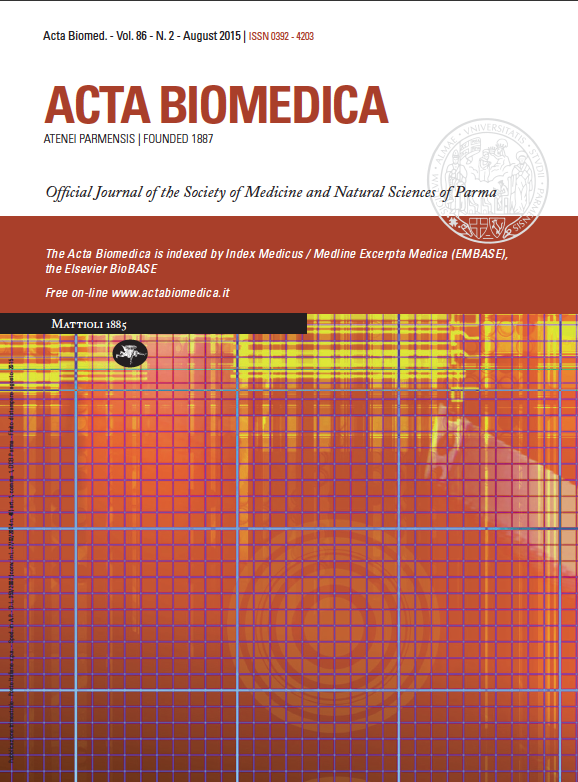Systematic review on safety and drug interaction of herbal therapy in hyperlipidemia: a guide for internist
Keywords:
herbal therapy, hyperlipidemia, interactionsAbstract
Because of reporting high side effects related to biosynthetic drugs, recent attention has been paid to the use of herbs instead of chemical drugs to balance serum lipids. The present systematic review aimed to evaluate the safety of herbal medicines and also to assess drug interaction in herbal therapy in treating hyperlipidemia. The international research databases including MEDLINE; Google scholar, Web of Science SciVerse Scopus (SCOPUS); EBSCO Academic Search; Cochrane Central Register of Controlled Trials (CENTRAL); and a Chinese database (China Network Knowledge Infrastructure [CNKI]) were searched from their respective inceptions up to September 2014 with the search terms of “hyperlipidemia”, “herbal medicine”, “medicine traditional”, “extract plant”, “Traditional Medicine” and “Chinese Herbal Medicine” without narrowing or limiting search elements. A total of 85 randomized clinical trials (RCTs) studies were finally assessed on human subjects. A notable number of herbal drugs that are commonly used as an anti-hyperlipidemia agent may be interacted with a variety of biosynthetic drugs. In this regard, the most common reported herb-drug reactions were related to anticoagulants, antidepressants, anti-epileptic, anti-inflammatory, and/or even antihypertension and anti-lipidemic drugs. Also, a considerable number of anti-lipidemic drugs of plants origin may be accompanied with metabolic disturbances and serious complications within pregnancy and breast feeding. The main fundamental principles for administration of these drugs include physicians’ complete awareness of the effects and interactions of these drugs, educating people not taking these drugs arbitrarily, and closely monitoring the verification and distribution of the drugs in the society.
Downloads
Published
Issue
Section
License
This is an Open Access article distributed under the terms of the Creative Commons Attribution License (https://creativecommons.org/licenses/by-nc/4.0) which permits unrestricted use, distribution, and reproduction in any medium, provided the original work is properly cited.
Transfer of Copyright and Permission to Reproduce Parts of Published Papers.
Authors retain the copyright for their published work. No formal permission will be required to reproduce parts (tables or illustrations) of published papers, provided the source is quoted appropriately and reproduction has no commercial intent. Reproductions with commercial intent will require written permission and payment of royalties.



